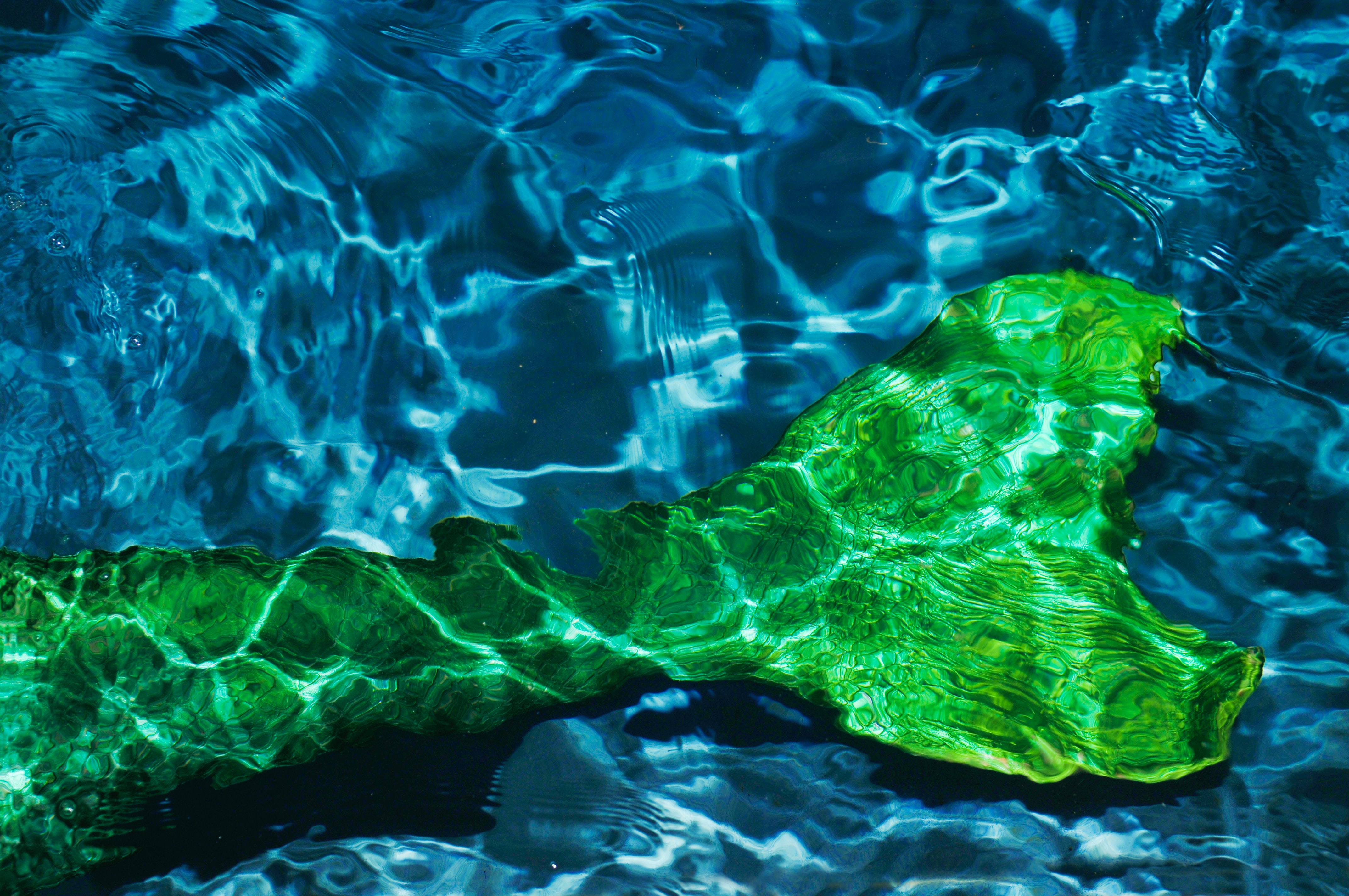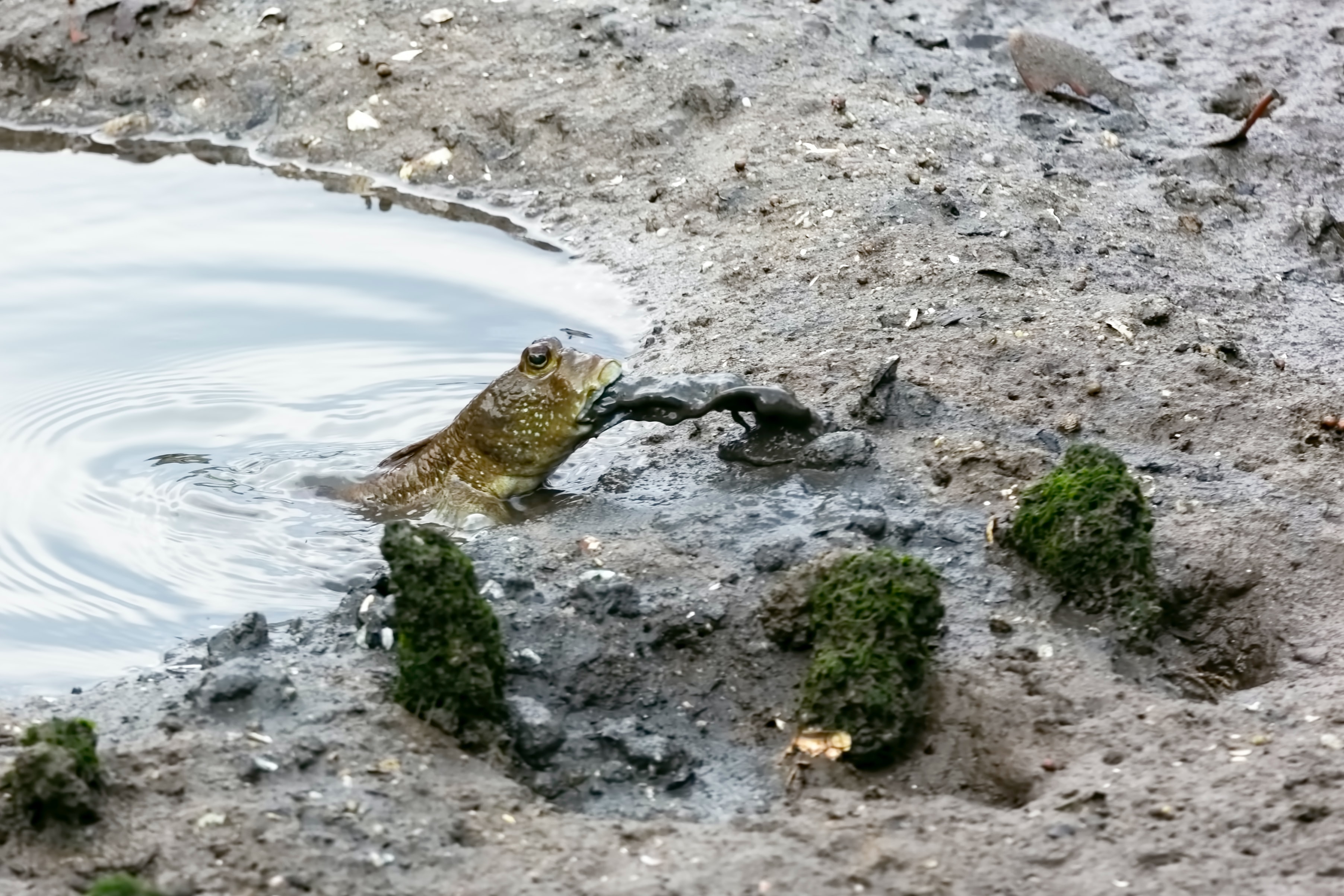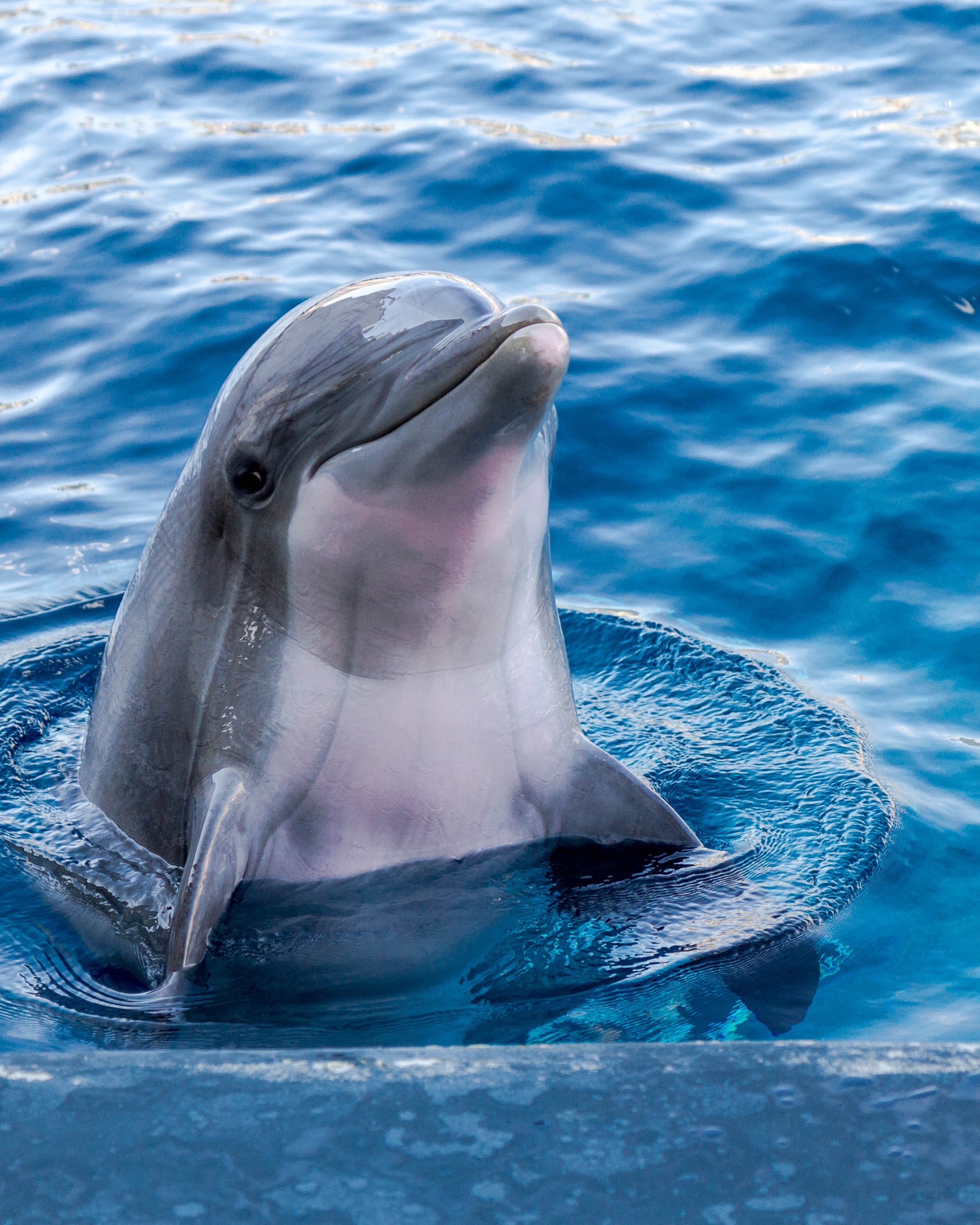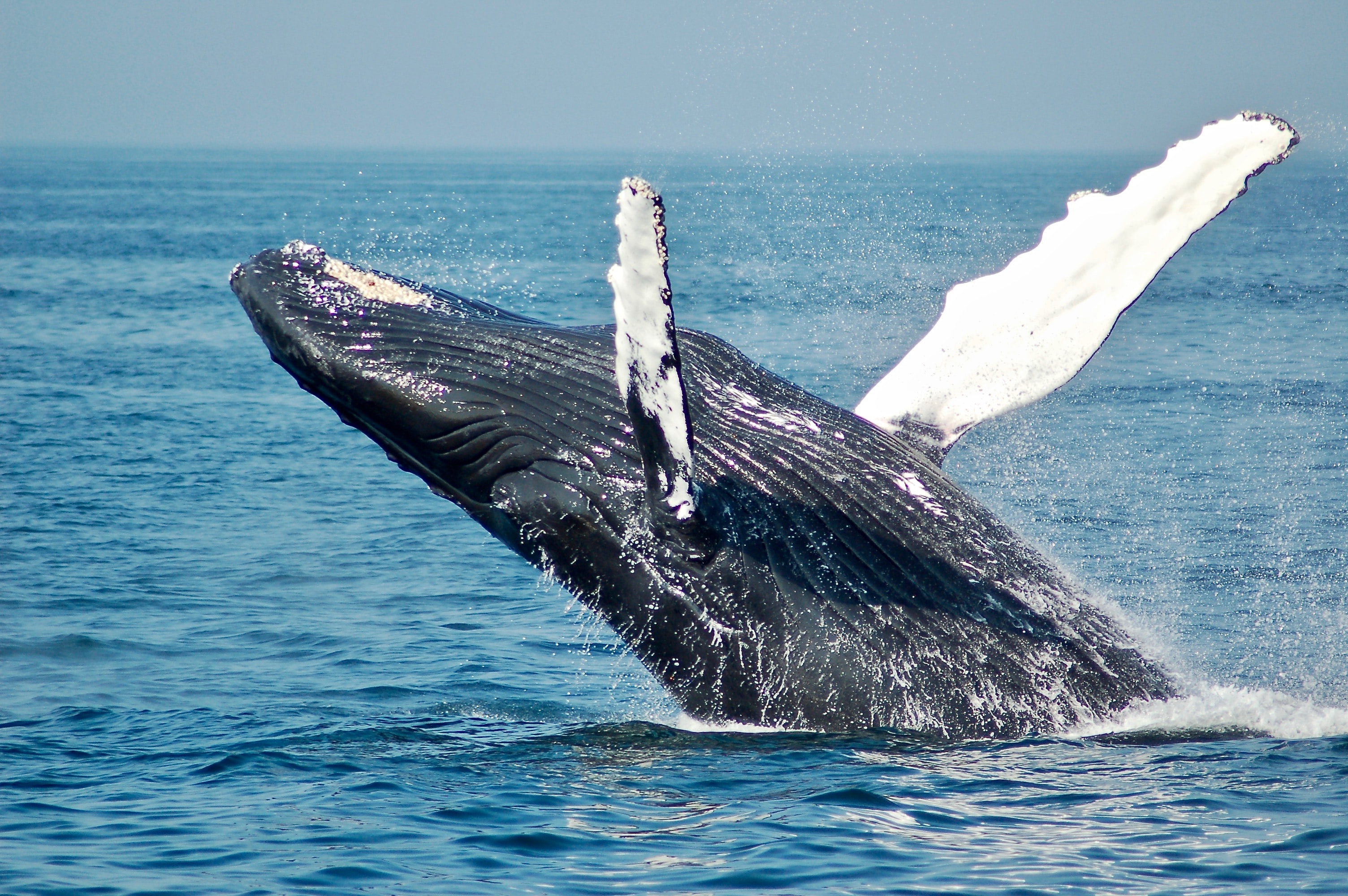If You Eat A Mermaid...
”If you eat a mermaid, is it cannibalism?”
”Doesn’t it depend on which part you ate?”
”What? No! Just because you ate the part that ‘looked fishy’ doesn’t mean you didn’t eat a mermaid! You have to determine if eating any portion of the mermaid is cannibalistic!”
”Then the next question is… are they mammals?”
”Well, they have mammary glands-“
”Yeah, but they have to breathe under water, and no mammal can do that.”
”Guys, guys… Please. The real question is: would an entire mermaid taste like chicken, or sushi?
”Okay, but to get to that point, you have to have eaten a mermaid, and is that cannibalism?”
Mermaids… Yes, MERMAIDS
I have had the above conversation a couple of times as ice breakers with other scientists, and I have to tell you, it’s the best ice-breaker I have ever used.
Now, I know what you’re thinking… mermaids? On a science blog? A blog that’s been preaching about scientific accuracy in your stories? Has COVID-19 solitary life finally gotten to me and I’m losing my mind?
Well, the answer to the mentality question is that I’ve been slowly losing my sanity since college (as my friends and family can attest). The answer to the first question, however, is that mermaids may not actually be too farfetched in terms of evolution. Imagine, if you will, that a subset of humans became aquatic and evolved to adapt in the water, much like the evolution of dolphins and whales (yes, their ancestors actually used to walk on land before they moved back into the water. We can see the vestigial hind legs in their skeletons left over from their time on land!). Or, a species of fish evolved to have human-like hands and facial structures; after all, our arms and legs evolved out of fins millions of years ago. While mermaids may not be real, we can still use science to world-build a feasible model of one for our fictional settings.
So let’s use this as a fun exercise to explore HOW a mermaid could actually exist using science!
[Cue victorious trumpet music]

First, we need to answer the ancient question: is a mermaid a fish…or a mammal?
They Be Fishies

Perhaps you’re on “mermaids are fish” team. Fantastic! Let’s say that they were fish that evolved into a more human appearance. Next, we have to answer:
1) How would they breathe?
So, if mermaids are fish, that means they don’t have lungs like us. They’d have to have gills. This schematic here does a fantastic job of summarizing the overall function of gills. They don’t have lungs, which means that they can’t talk or sing. That’s right, you heard me right. No lungs means no air, which means no need for vocal chords, which means no singing.
This also changes how their circulatory system works. They don’t have a mammalian heart, which is designed to pump oxygen fresh blood from the high oxygen lungs to the low-oxygen fingers/toes, and back again. So… don’t do CPR on a fishy mermaid.
But say you still want to have your mermaids sunbathe on rocks beneath the cloudless sky, and sing a power ballad on rocks as the ocean sprays up from behind them?
Then we turn to the beast of all fishies: the mudskipper.

The mudskipper is considered an amphibious fish, in that they are able to live on both land and water. They exchange oxygen through their skin, much like other amphibians. When on land, these fish gulp in air into its buccal cavity. When it needs to burrow underground, it is able to store air in this cavity. Now, that sounds a little like lungs, don’t it? So, we have a way for our fish mermaids to gulp- er, breathe air, although they wouldn’t let themselves dry out with sunbathing.
2) How would they survive underwater?
I bring this up because I don’t think people realize that when you’re in water, especially the ocean, your body is going to exchange heat with the water around it unless you have some kind insulating layer. This is leads to hypothermia, or the state of being as cold as ice.
I’m not kidding. If you pull anyone out of a body of water, one of your primary concerns is hypothermia (citation: my lifeguard, wilderness first responder, and EMT training).
So, how do fish not succumb to hypothermia in their aquatic environment? This is a little complicated, because the answer changes depending on the type of body water you’re finding them.
Some fish in the artic have developed antifreeze proteins in their blood that keeps them from freezing as they explore the icy depths. I have read (somewhere) that fish do store up fat for the winter as well, although I can’t find a good scientific article on that yet (it makes sense, though. Fish have plenty of fat. Omega fatty acids, anyone?). The takeaway here is that fish-mermaids wouldn’t use the exact same insulating tricks that we use, like hair.
3) How would they look?
First thing we have to establish: these mermaids ain’t brushing their hair.
Why? Because they wouldn’t have any.
Well, no hair that we’d have. You see, I couldn’t find any accounts of actual hair growing on fish, but there is a type of sea mold, Saprolegnia, that does infect fish to give them a “hairy” appearance. So, you could have a symbiotic relationship with mermaid and mold to have the mold grow on the mermaid’s head. To clarify, though, the hair does not look like hair, and the strands coming from Saprolegnia are white. Or, you could say you have fins coming off of the top of the mermaids’ head that looks like hair.
Do they look extremely human on the upper half, or only vaguely human? Well, you’d have to determine if they hunt humans. Let’s go the macabre route and say that they’ve developed a keen taste for human flesh. Then it would be evolutionarily beneficial to have a human appearance from head-to-torso. Here me out: you’re a mermaid who wants to pick off a nearby fisherman. You could just swim up and try to pull him out of the boat, but they may think you’re a shark and will prepare for a fight. You can’t have that. But… if you start thrashing nearby, put on a show like you’re a helpless human drowning, then the fisherman comes to you. They lean over to help you out, and you take advantage of their altruism to drag them under to their watery grave. All you have to do is wait for them to stop struggling before they become your lunch.
Humans not on the menu? Then it’s less beneficial to look like a human. My guess is that you’d see more piscine features: scales all over, big black eyes, gills right by their neck, and a more angular face. They could still have hands, though. Webbed hands can double as fins and as a means to fend off predators. Hands could allow mermaids to manipulate objects in their environment for hunting or hiding, and if your mermaids are intelligent, they could use hands for communication (yep! Mermaid sign language!).
How they look color-wise probably is determined by their environment and what fish they originally derived from. Even if they’re predators in your underwater ecosystem, they’ll still evolve to blend into their environment. Maybe they’re more shark-like, having counter-shading as their primary color pattern. Maybe they live in a coral reef and they’re brightly colored to blend into their home.
…Also, key piece of info here: If these mermaids are fish, they don’t have mammary glands. No breasts. Shrugs Sorry seashell bikinis.
They Be Mammals

Maybe you’re in this category, where mermaids need to be as human as possible. They do have mammary glands, and they are warm blooded (Fun fact: they also have platelets, which non-mammals do not have!). Those seashells are actually covering up something. This suggests that these mermaids originally were on land, and then evolved to live back in the water.
To understand the internal workings of a mammalian mermaid, we turn to the other aquatic and marine mammals. I am talking dolphins, porpoises, and whales (oh my!).
1) How would they breathe?
This is going to sound weird, but… most likely, these mermaids will breathe through some sort of blowhole rather than their mouths.
Why? Well, the reason why the blowhole in aquatic mammals exist is because it separates the lungs from the digestion system. If you (human) try to eat underwater, you have a higher likelihood of accidentally drowning yourself than if your lungs and stomach weren’t both attached to the same opening. It’s really not evolutionarily beneficial to have those two together: chocking rates from food would drastically decrease.
And with a blowhole comes… no vocal chords. You heard me. None. Zippo. Goose egg. They’d be communicating with each other with clicks and whistles which are made by vocal chord-like structure called the phonic lips within the blowhole, but the big takeaway here is that these mermaids won’t be belting out ballads like us.
But let’s say that the mermaids don’t have enough time to evolve a blow-hole, and their respiratory system (or breathing system) is similar to ours. Great! That means they can use our kind of vocal chords. I suspect they would still evolve to make clicks and whistles underwater simply because that form of communication is extremely effective beneath the ocean waves. (Don’t believe me? Try to hold a normal conversation with a friend under water, and then try to converse by squeaking to them underwater). Maybe they have a combo of vocalizations and sign language to communicate.
2) How do they survive underwater?
Blubber. Fat.
Yes, even in tropical waters. This is because the blubber allows marine mammals to FLOAT. And it makes them more aerodynamic (smooths out their skin). In fact, check this and this out to read a bit more on blubber’s many uses!
And these mermaids will most likely be social creatures, moving and hunting in pods. Most likely, these mermaids will be able to make tools with their (possibly webbed?) hands, so they may have makeshift spears for their hunting. Their coordination looks different from the fish-mermaids, because mammal-mermaids can actually vocalize underwater.
3) How would they look?
Can I be real here?
I really, really want there to be a killer whale mermaid. And when I say that, I don’t mean a mermaid with just countershading, I mean a mermaid with the teeth, the countershading, and the size! Mermaids could get REALLY big here. As the water helps relieve pressure on the mermaid’s skeleton, allowing the mermaid to grow to sizes comparable to, say, an orca. Or sperm whale. Not to say fish-based mermaids can’t get big, but aquatic mammals tend to be larger than most fish species.

(Most. The Whale shark is still a flipping huge fish)
Countershading is where the creature is dark on the top, and light on the bottom. This camouflages the creature; a view of their belly looks alarmingly like the glimmering ocean above while their dark backs resemble the dark abyss below. A lot of marine animals have it, and I’m always surprised when fantasy/SciFi aquatic creatures don’t have it to an extent.
Would they have hair? Maybe, although since I’m leaning more towards “mermaids= humans+dolphins” in this post, I wouldn’t give them hair. Having hair would cause them to be less aerodynamic. I’d go with the bald mermaids. But, let’s say you still want hair on their heads. Maybe it’s like a sea otter’s, where it’s insanely thick (again, protecting against hypothermia). Or, maybe the hair has evolved to look more like seaweed, to allow for camouflage among kelp forests. In any case, the hair can’t get in the way of the mermaid’s aerodynamics in the water.
Why No Mention of Seals/Otters?
So, the “part seal, part human” actually have a place in Celtic mythology as not mermaids, but selkie! These are fascinating mythical creatures that shed their seal fur to become human, and humans hide their hides to keep their selkie lovers on land with them.
That being said, they aren’t mermaids. They be selkie (Although trying to think of scientifically plausible ways for selkies to exist would be another post in itself).
And while part sea-otter/human would be a fascinating combination, I don’t think it would be “mermaid” enough. The “ottermaid” would need to be extremely hairy, as sea otters use fur as their means of floating and heat regulation.
Takeaway?
Science is not meant to dispel the magical. In fact, I find that using science to explore what is considered “mystical” makes that event/creature all the more fascinating. This post is really just an excercise to use science as a backbone for our mermaids, and an excuse to make science fun. Remember that first post that I put out almost exactly a year ago? The point of science in fiction is not to limit your imagination, it’s to encourage you to think outside the box and push you intellectually.
Anyway, that’s it for this post! If COVID-19 keeps sapping away at my sanity, I may tackle the scientific possibility of vampires! (Yeah, definitely a Halloween special!)
Next post is, by popular demand… VACCINES! Stay tuned, and write smart guys!
